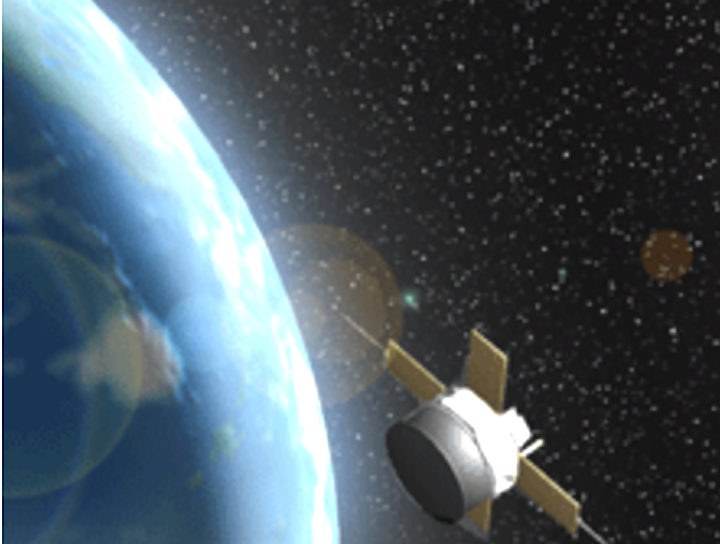
The Researchers at the University of New Hampshire were thrilled to learn that they have been selected for one of NASA’s MIDEX space missions, part of their Heliophysics Explorers Program.
UNH’s Space Science Center will lead the mission which will have a budget of $250 million, the largest yet for the university, to oversee and coordinate all aspects including preparing the spacecraft, designing onboard instruments and managing the entire team of scientists, researchers and contractors. The information gathered from the mission will improve the understanding of how the sun impacts the space environment around the Earth and ultimately better protect both astronauts and satellite technology.
“We could not be prouder that UNH’s incredible team of scientists and engineers was selected for a NASA MIDEX space mission,” said Marian McCord, senior vice provost of research, economic engagement and outreach. “This is an exciting opportunity and a true testament to the high caliber of expertise and outstanding work being done at UNH’s Space Science Center.”
UNH’s HelioSwarm mission was selected by NASA in a competition including four other mission concepts. HelioSwarm will include the development of a suite, or swarm, of nine spacecraft to observe turbulence in the solar wind — charged particles released from the Sun — and the interplanetary magnetic field. One large spacecraft, known as the “hub”, and eight smaller spacecraft, called the “nodes”, will co-orbit to monitor the ever-changing turbulence in space to reveal for the first time how these variations look in three dimension and how they evolve. The hub spacecraft will maintain radio contact with each small satellite and all radio contact between the swarm and Earth will be conducted through the hub spacecraft and the NASA Deep Space Network of spacecraft communication antennas. HelioSwarm’s novel implementation will unlock the mystery of how turbulence heats space plasma, which is matter that makes up key elements in the universe, like the sun, stars, solar wind and even the Earth’s upper atmosphere.
UNH will man the mission’s Science Operations Center, developing and delivering the central computer processors for each of the nine spacecraft and managing the entire science payload comprising a total of 28 individual instruments developed at partner institutions.

“Plasma turbulence is one of the fundamental, yet poorly understood, building blocks of how our sun affects the solar system, and, by extension, how stars influence their environments,” said Harlan Spence, professor of physics and astronomy and HelioSwarm principal investigator.
“This mission leverages UNH’s incredible expertise and we look forward to leading efforts to help the world understand how the sun impacts our lives and the universe.”
The HelioSwarm mission will involve close to 25 UNH faculty, researchers, scientists and students as well as managers, engineers and technical staff. The team will work directly with a NASA field center, in this case NASA Ames Research Center in Sunnyvale, California.
Since the early 1990’s, NASA’s Explorers Program has provided several classes of flight opportunities to address NASA science objectives. The missions are designed to increase the number of flight opportunities in response to recommendations from the scientific community. The two mission categories include the MIDEX, or Medium Explorer, and SMEX, or Small Explorer, mission, with MIDEX receiving more funding. NASA provides an unmanned commercial launch vehicle for the research teams to access space.
The University of New Hampshire inspires innovation and transforms lives in our state, nation and world. More than 16,000 students from all 50 states and 71 countries engage with an award-winning faculty in top-ranked programs in business, engineering, law, health and human services, liberal arts and the sciences across more than 200 programs of study. A Carnegie Classification R1 institution, UNH partners with NASA, NOAA, NSF and NIH, and received $260 million in competitive external funding in FY21 to further explore and define the frontiers of land, sea and space.
